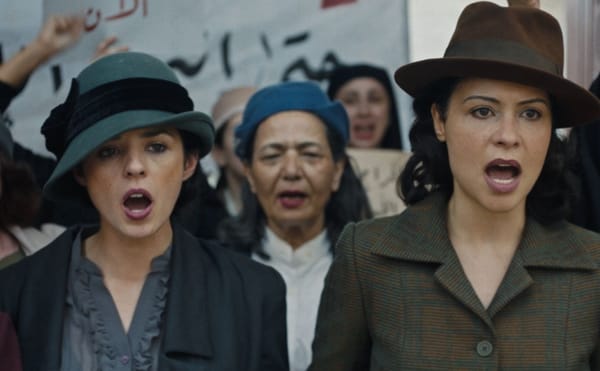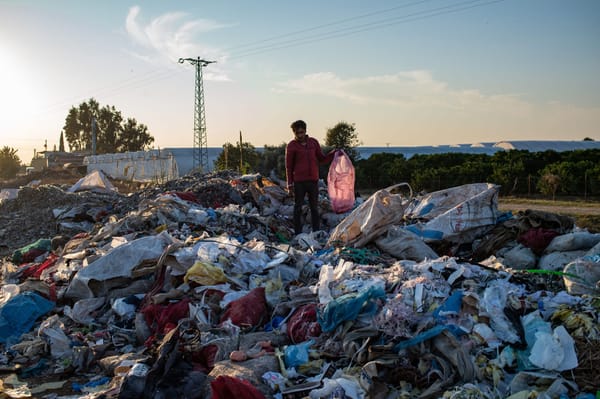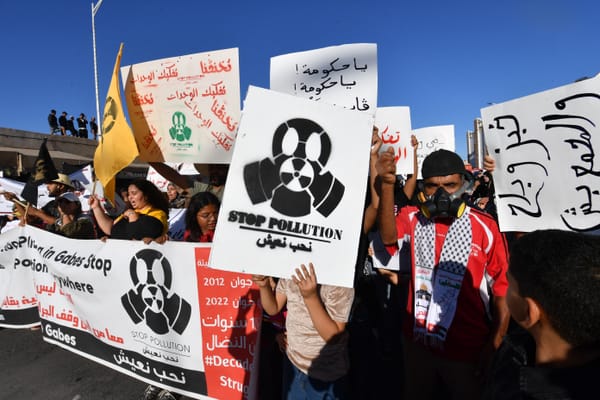No More Tears
Benny Morris, 1948 and After: Israel and the Palestinians (Oxford: Oxford University Press, 1990, second edition, 1994). Benny Morris, The Birth of the Palestinian Refugee Problem, 1947-1949 (Cambridge: Cambridge University Press, 1988). Benny Morris, The Birth of the Palestinian Refugee Problem R









